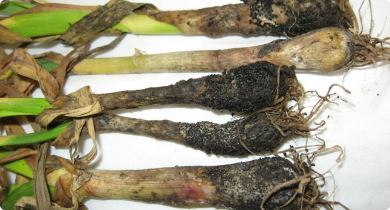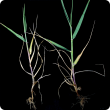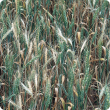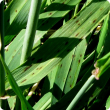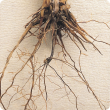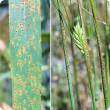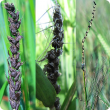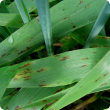Fungi
Fungi are eukaryotic (membrane bound nucleus) organisms that develop from reproductive bodies called spores. They can cause a number of diseases in animals and plants. As a disease of plants and animals, fungi are a risk for Western Australian primary producers as they impact upon market access and agricultural production.
WA is free from some of the world's major fungal diseases. Biosecurity measures on your property are vital in preventing the spread of fungal diseases.
The Department of Primary Industries and Regional Development provides:
- biosecurity/quarantine measures at the WA border to prevent the entry of fungal diseases.
- where relevant post border biosecurity measures.
- advice on widespread fungal diseases present in the state.
For advice on fungal diseases search our website, the Western Australian Organism List or contact our Pest and Disease Information Service (PaDIS).
For diagnostic services, please contact our Diagnostic Laboratory Services.
Filter by search
Filter by topic
- Grains (23) Apply Grains filter
- (-) Remove Barley filter Barley
- (-) Remove Crops filter Crops
- Wheat (10) Apply Wheat filter
- Control methods (10) Apply Control methods filter
- Chemicals (9) Apply Chemicals filter
- Crop diseases (7) Apply Crop diseases filter
- Oats (6) Apply Oats filter
- Grains research & development (6) Apply Grains research & development filter
- Mechanical, physical and cultural (4) Apply Mechanical, physical and cultural filter
- Fungicides (3) Apply Fungicides filter
- Pests (2) Apply Pests filter
- Nematodes (2) Apply Nematodes filter
- Pulses (1) Apply Pulses filter
- Viruses & virus-like (1) Apply Viruses & virus-like filter
- Lupins (1) Apply Lupins filter
- Canola (1) Apply Canola filter
- Bacteria (1) Apply Bacteria filter
- Grains Research & Development (1) Apply Grains Research & Development filter

